Tech
PH3 Interview – Peter ‘Durante’ Thoman on Trails through Daybreak, Falcom’s New Engine, HDR, DLSS, Steam Deck OLED, PS5 Ports, & More
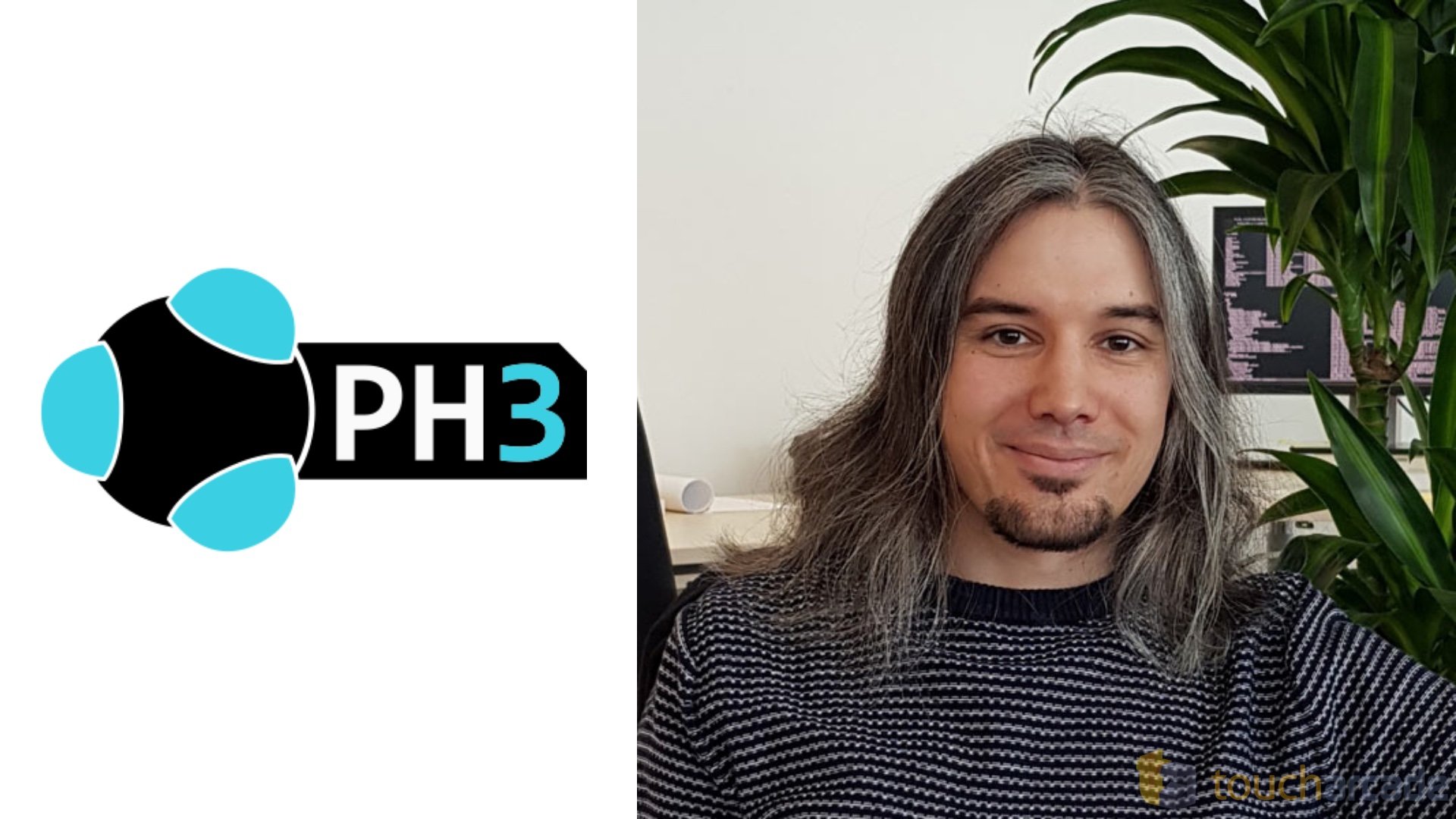
Next week, NIS America will launch The Legend of Heroes: Trails through Daybreak (known as Kuro no Kiseki in Japan) in the West for PC, Nintendo Switch, PS4, and PS5. It is a masterpiece of an RPG and my current favorite Trails game. Read my review of it here. Ahead of the launch, I spoke to PH3’s Peter ‘Durante’ Thoman about the upcoming PC version, improvements since its Japanese release, working with Steam Deck OLED, HDR support, a potential PS5 release, and much more. There will be no spoilers in this interview, but we did discuss a lot about PC ports including some by other studios and the state of the PC industry right now.
TouchArcade (TA): Tell us a little bit about yourself and what you do at PH3.
Peter Thoman (PT): My name is Peter Thoman, and some of the older people reading this interview – those who played Dark Souls 1 on PC way back when it was released – might know me as Durante. I actually have a background in high performance computing (think supercomputers), but as the CTO of PH3 I primarily work on our games-related projects. I am involved in all of them to some extent, but most of my actual development work over the past year has been in Trails through Daybreak.
TA: PH3’s newest launch is Trails through Daybreak’s PC version. Having played it, it would be a disservice to just say PC port given how much has been improved and added feature wise over the console release. How was it working with this modern Falcom engine’s first title compared to your prior projects from the developer?
PT: That’s a great question – to provide some background, since it might not be common knowledge: Falcom’s previous Trails (Cold Steel and Reverie) and Ys (VII to IX) games were actually on different engines, with a separate one per franchise. Daybreak is the first game on their new, custom engine. These days, it is quite rare for a medium-sized development studio like Falcom to develop and maintain their own engine, so these are quite unique circumstances.
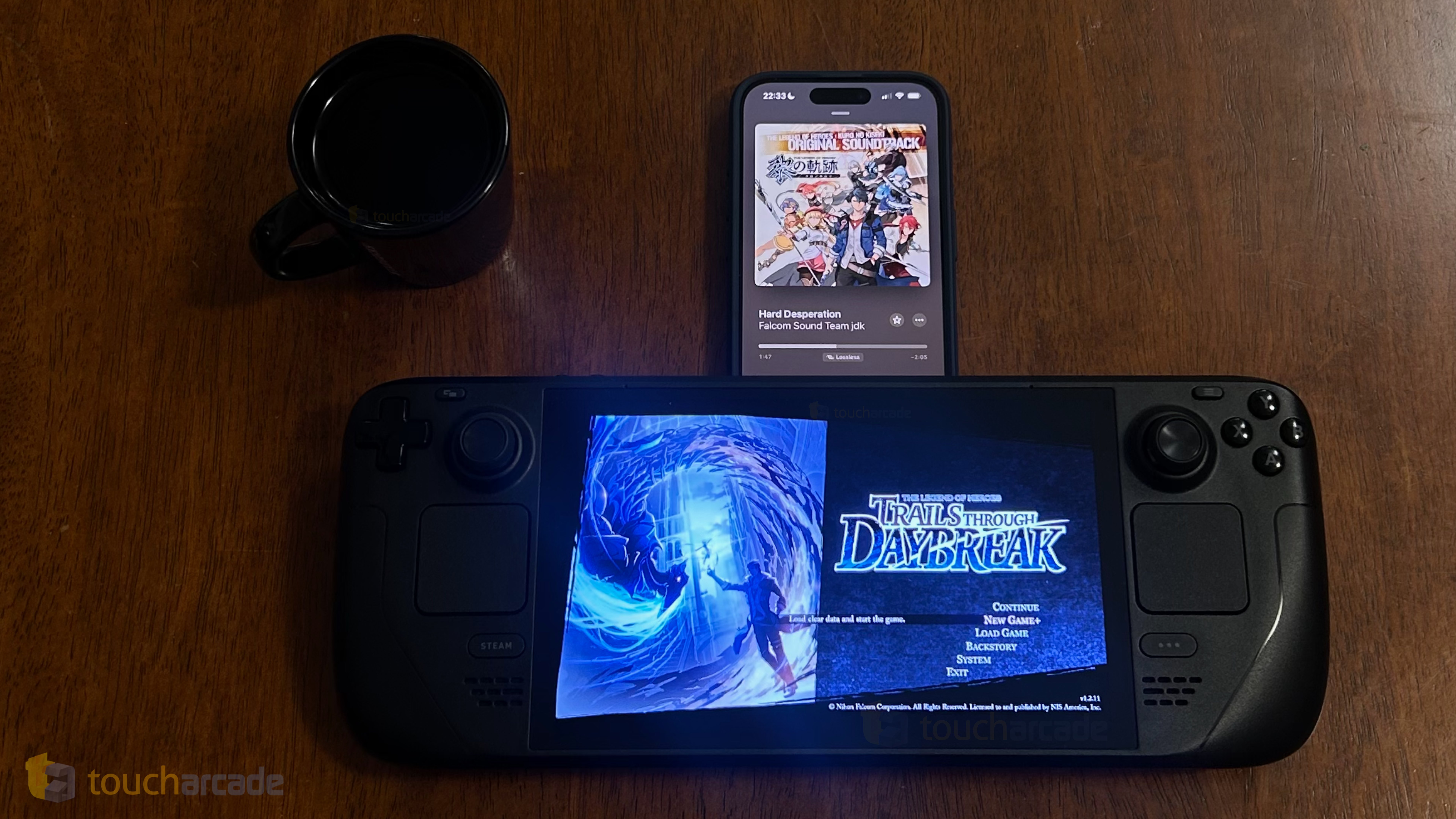
As a port developer, working with a new engine of course requires a lot of additional effort, but also might bring some new opportunities. Especially given the large volume of PC-specific features we pride ourselves on shipping, I was a bit afraid that it might not be feasible to get everything into the first game on a new engine. However, luckily, because of our working relationship with NISA, we could be quite confident that we will also have the opportunity to work on more games on the same engine, which made it more financially viable to put a lot of work into the first entry already.
We also used this switch to a new engine as an opportunity to introduce some new underlying technology which we built for our PC ports, which unifies things such as efficiently dealing with compressed data archives, input, and game settings.
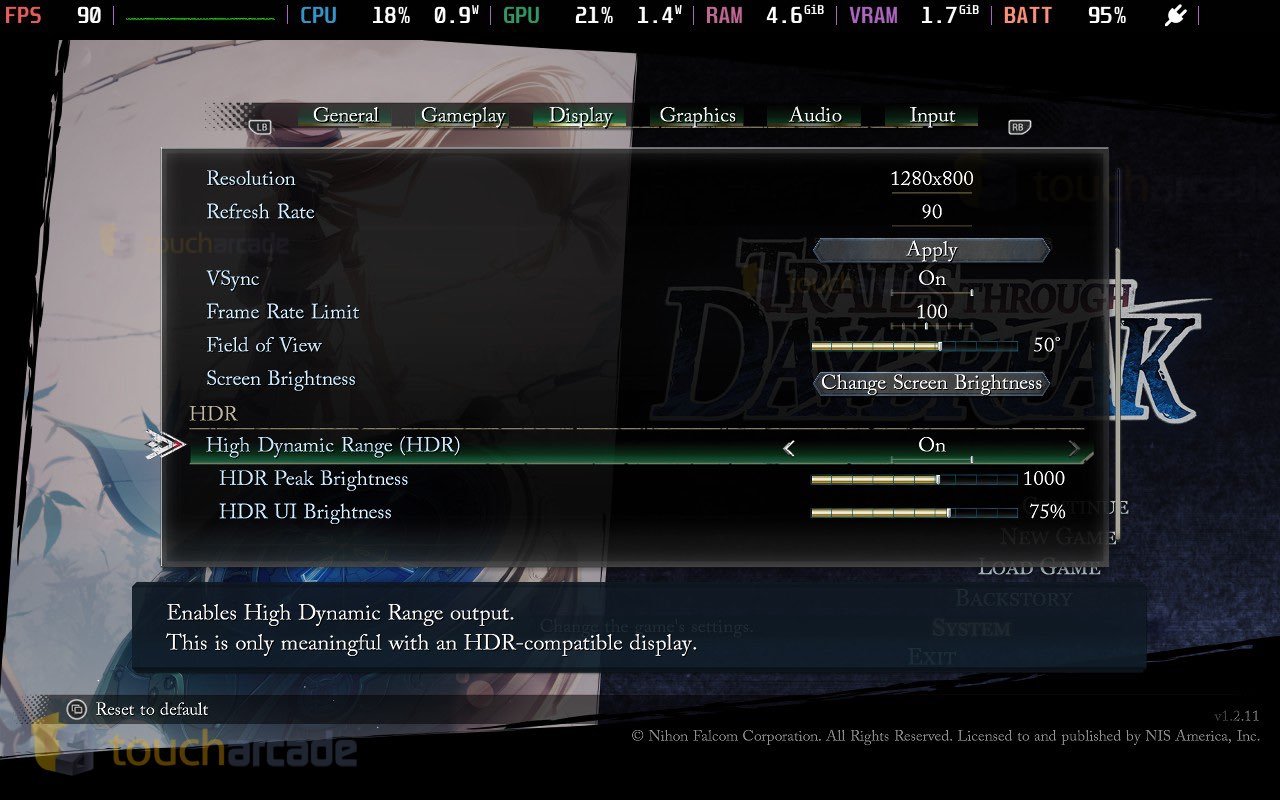
TA: As far as I’m aware, Trails through Daybreak’s PC version is the first Falcom game to have official HDR support. How was it working on implementing HDR here?
PT: Like many of the new features we implement, this happened in no small part because someone on the team really wanted to do it. I got an OLED monitor recently, and while options such as Auto-HDR work, they usually e.g. blow out the UI brightness. Since the game already internally computes everything as 16-bit floating point color, I thought implementing basic HDR support – including configurable UI brightness – should not be too difficult. Of course, the content is not authored for HDR, so outside of some particle effects there won’t be a fundamental difference compared to using some automatic HDR post-processing, but at least you can configure your UI brightness!
One interesting anecdote during HDR development was that the initial version was broken on the OLED Steam Deck. We actually try to consistently test the Steam Deck during PC port development, and when I noticed this we could eventually track it down to an oversight in the DXVK layer in Proton, which was promptly fixed.
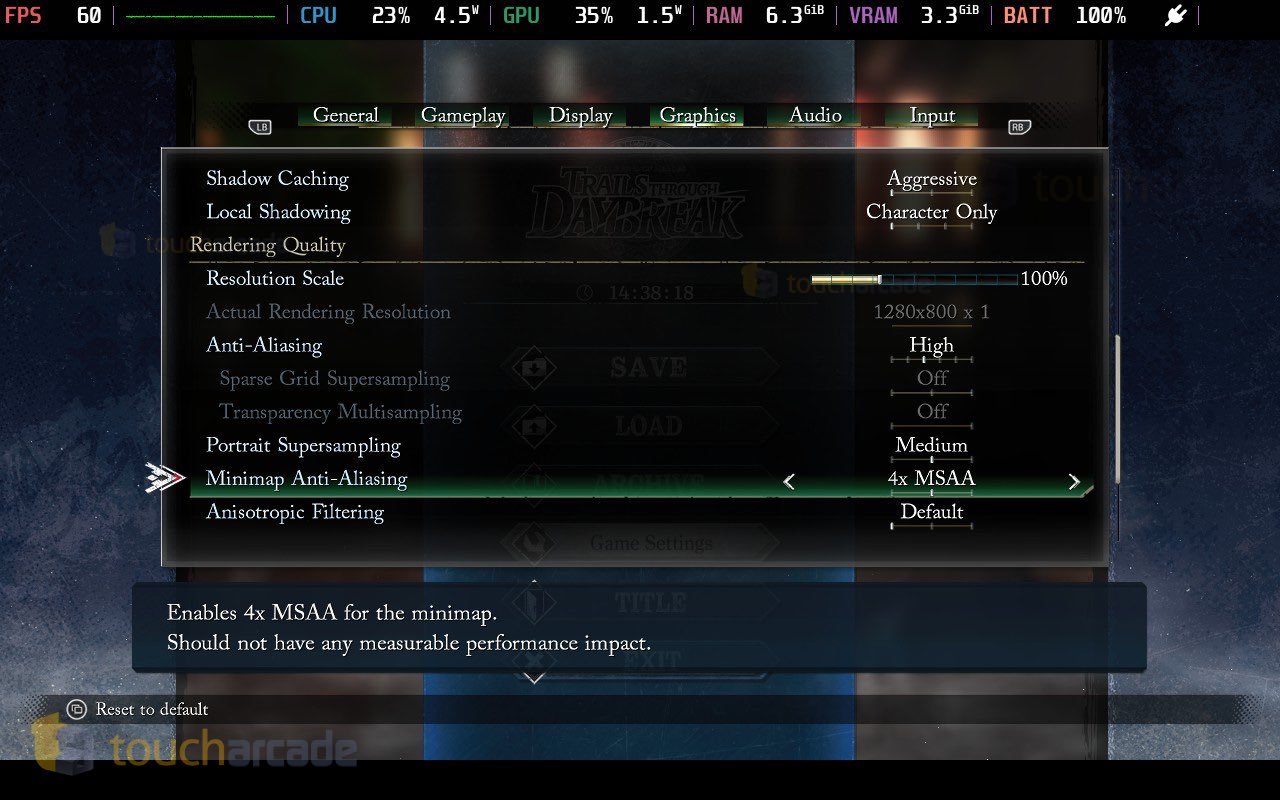
TA: You’ve touched on the PC port features on Steam, but I wanted to check in what has been done since the game’s Japanese language release on PC from PH3 and NIS America?
PT: Well, from NISA, obviously the localization – which is always a monumental task for Trails games. From us, we weren’t originally planning to do all that much extra for the English release, as the Japanese release was already quite complete, certainly up to the standards of any other JRPG PC port. However, it turns out that there were actually a ton of things we ended up doing.
Some of the highlights are the aforementioned HDR support, lots of new anti-aliasing modes like MSAA and even SGSSAA, greatly improved UI rendering quality at low resolution (like on Steam Deck), improved shadow quality at no performance cost, and a lot more graphical improvements. We also fixed some animations at high frame rate, and resolved lots of minor visual issues at non-16:9 aspect ratios. Beyond graphics, we added a new BGM info feature, improved mouse UI support in some menus, improved the IO behavior of the game during loading, and implemented dozens of smaller fixes and quality of life improvements.
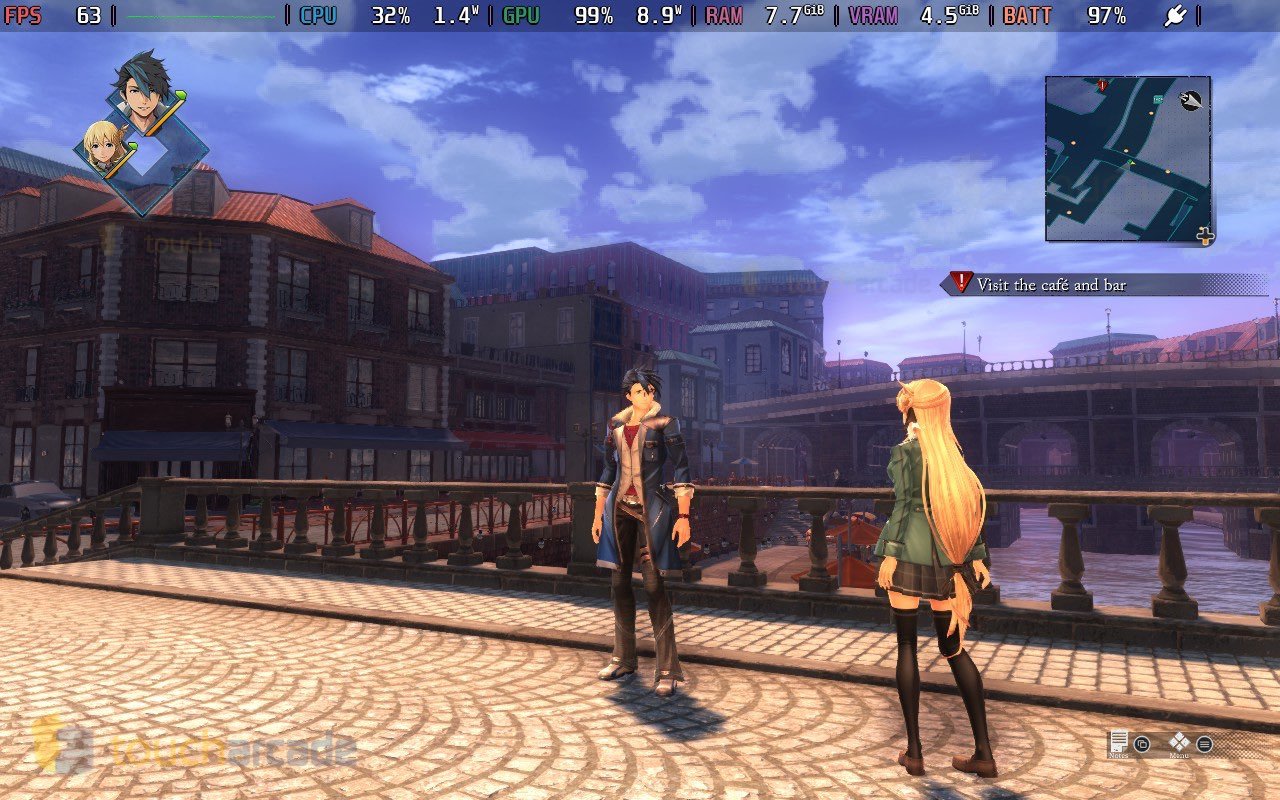
TA: How do you decide what features to add to a PC port when you initially work on the project’s scope? Do you need to get approval from the Japanese side for things like HDR in Trails through Daybreak?
PT: That’s an interesting question! In general, we have a minimum set of features that we want to include in every PC version we release. This includes things like arbitrary resolution and aspect ratio support, good mouse/KB controls which are fully rebindable, high framerate support, quality settings for basic graphics aspects and of course a FoV slider.
Beyond that, it depends on the specific game, how much time we have to improve it further, and also individual interest. As I said above, HDR support is in primarily because I really wanted to make it work. Also, the new BGM info feature exists in the game because Alex from our team was interested in implementing it.
One of my biggest issues with lots of PC ports, particularly of JRPGs, and even generally well-regarded ones, is when they do not include any draw distance or level-of-detail scaling settings. Pop-in is very distracting for me, so in all the 3D games we work on you’ll notice that there are always settings related to this, and that their top-end goes quite high.
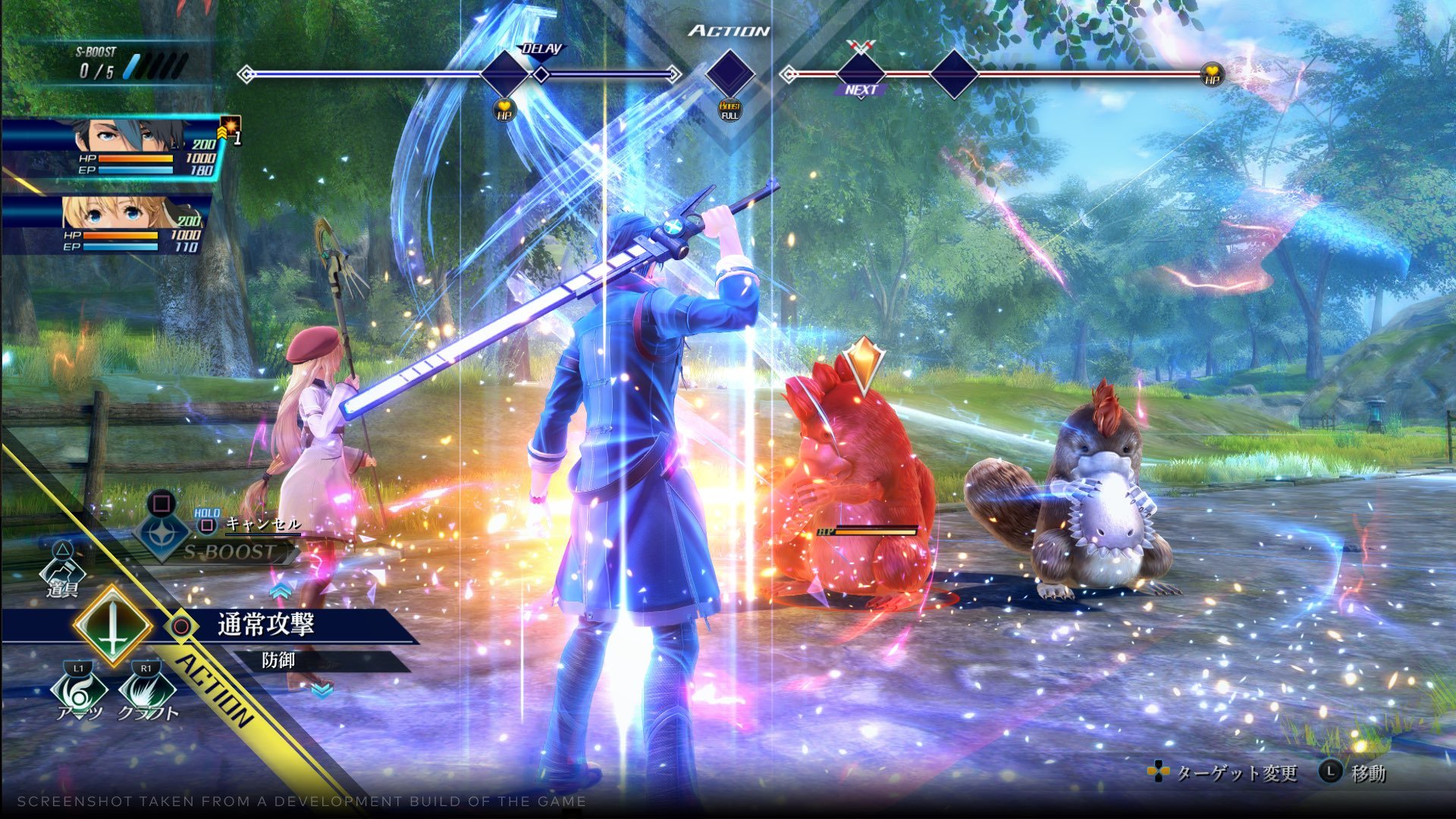
TA: Trails through Daybreak, like Nayuta, was a Japanese language Steam release before getting patched with English support. How was it working on your second Japanese PC release?
PT: Working on a game which has not yet been translated is always a bit more challenging for us, particularly in terms of testing and QA. We can of course get anything we need translated, but there’s always a bit of a delay with that. That said, when you are just talking about basic understanding for development, machine translation is generally good enough, and the code itself is international.
TA: Are you involved in any of the decision making for releasing like this versus launching in Steam Early Access with English coming at 1.0 launch. I’ve wondered about how this affects visibility on launch day.
PT: These are really questions for the publisher – we don’t actually know the sales data, or the reasoning behind these types of decision making processes.

TA: Has there been any consideration for bringing in DLSS, FSR, or XeSS into Falcom games on PC?
PT: Of course. I’d love to do that. However, all of these (at least in the versions worth using) require solid per-pixel motion vector data. In engines where this is already available, integrating these technologies is very much in scope for a PC port. But if you would have to integrate the whole concept of generating such motion vector data from scratch throughout an engine and all its rendering processes, that’s a very different scale of engineering and QA required.
TA: When I played the Crossbell games you worked on for PC and Switch, I was beyond impressed with how much they improved over the PS4 release. Were you able to implement everything you wanted to in Trails through Daybreak’s PC release for launch?
PT: We were already pretty happy with the state of the PC version at the time of the Japanese release, but with all the improvements made since then for the English version I can say that this is, in my opinion, our best PC release ever. Of course there’s always more that could be done – e.g. if you give us a few dedicated man-months I’d love to do the DLSS/FSR/XeSS thing – but if every PC port had the level of quality we’ve achieved with Daybreak I’d be thrilled as a PC enthusiast.

TA: You’ve now worked on a majority of Falcom’s PC releases. Which has been your favorite project to work on so far, and the most challenging one?
PT: For me personally, my favorite was probably Ys IX. It was the last game on that particular engine, and we really boosted its performance throughout the PC development. And I’m particularly proud of the local co-op mode in that game.
The most challenging, at least in some aspects, was actually Trails into Reverie. We underestimated this project, since we considered it “just” another game on the Cold Steel engine, which we worked with a lot already – and we planned and priced the undertaking accordingly. But the sheer amount of new features, minigames, and the volume of optional content Falcom put into this game is staggering, and we didn’t want to compromise the port quality of any of it. Depending on how creative you are with accounting, we either just barely broke even or actually lost money on this project. That said, I’m actually currently playing through it and am very happy that we did not compromise on the features of the port in any way.
On a more technical level, the one challenge so far that we actually had to give up on after investing quite some time into it is implementing true variable FPS support in Nayuta. It is of course possible in principle, but it’s an old game and the number of potentially gameplay-relevant (and breaking) locations in the code where individual frames are counted is very high.
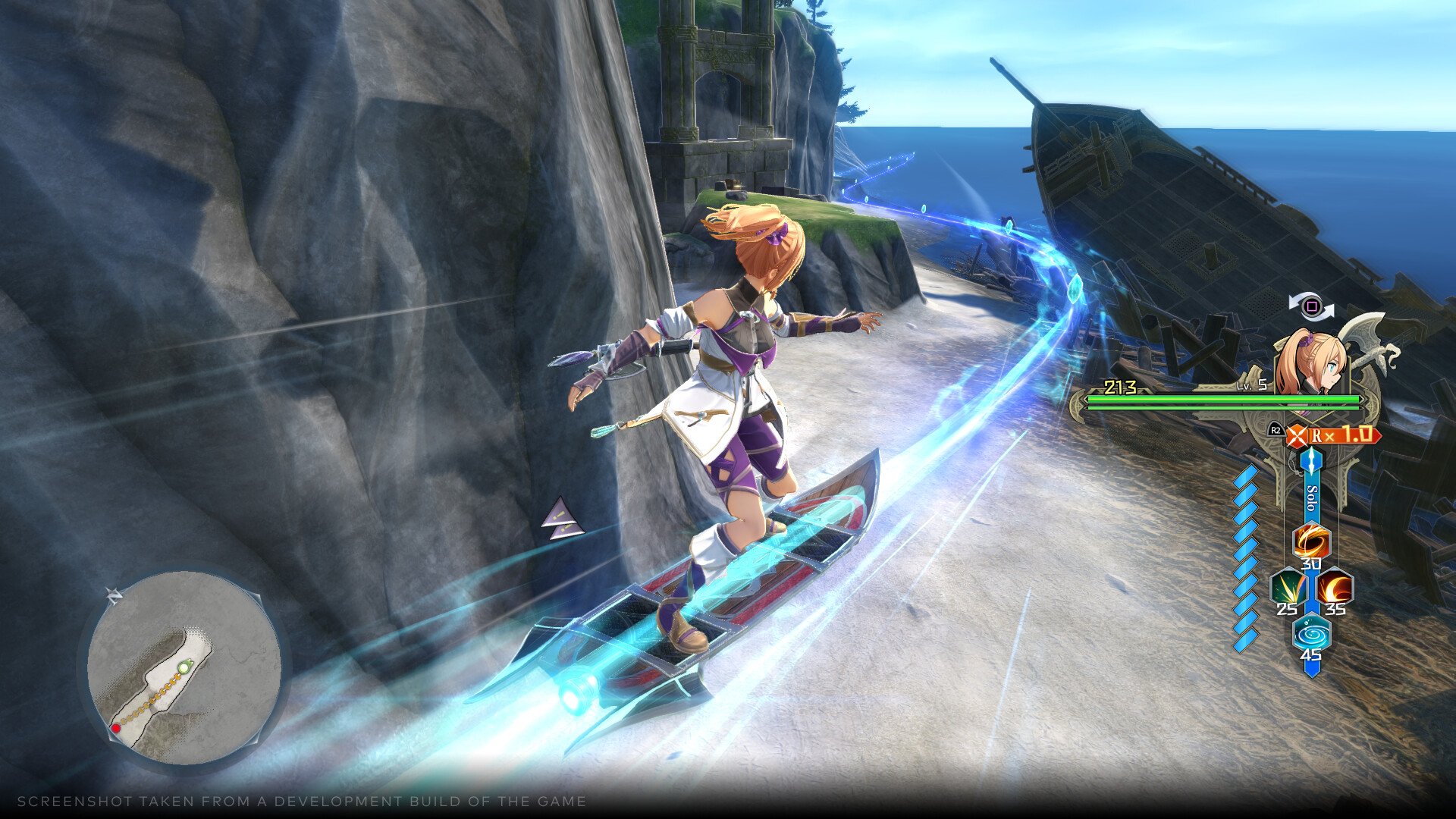
TA: After Trails through Daybreak, PH3’s next announced Falcom and NIS America release is Ys X: Nordics. While we don’t know much of the PC port, can you give us a tease of what PC players should expect with it?
PT: I can’t really say much about it yet, but expect us to provide the level of quality that we are – hopefully – known for!
TA: How has it been working on the Steam Deck and Steam Deck OLED with your recent projects? Do you also try and test on other handhelds like the ASUS Rog Ally?
PT: I’m actually a very old-school fan of PC handhelds – I got a first-generation GPD Win when it was launched. That said, after getting a Steam Deck OLED, I haven’t really felt any inclination to switch to another device. It’s such a great, balanced and polished handheld, at both the hardware and software level, and as I personally don’t really play any competitive multiplayer games it’s perfect for me.
In terms of making sure our ports run well on it, most things “just work”, and for the few cases where we uncovered some issue the feedback and support from the DXVK project was excellent. Other than that, there were just a few things to specifically optimize, like making sure the UI renders as decently as possible at the relatively small screen resolution.
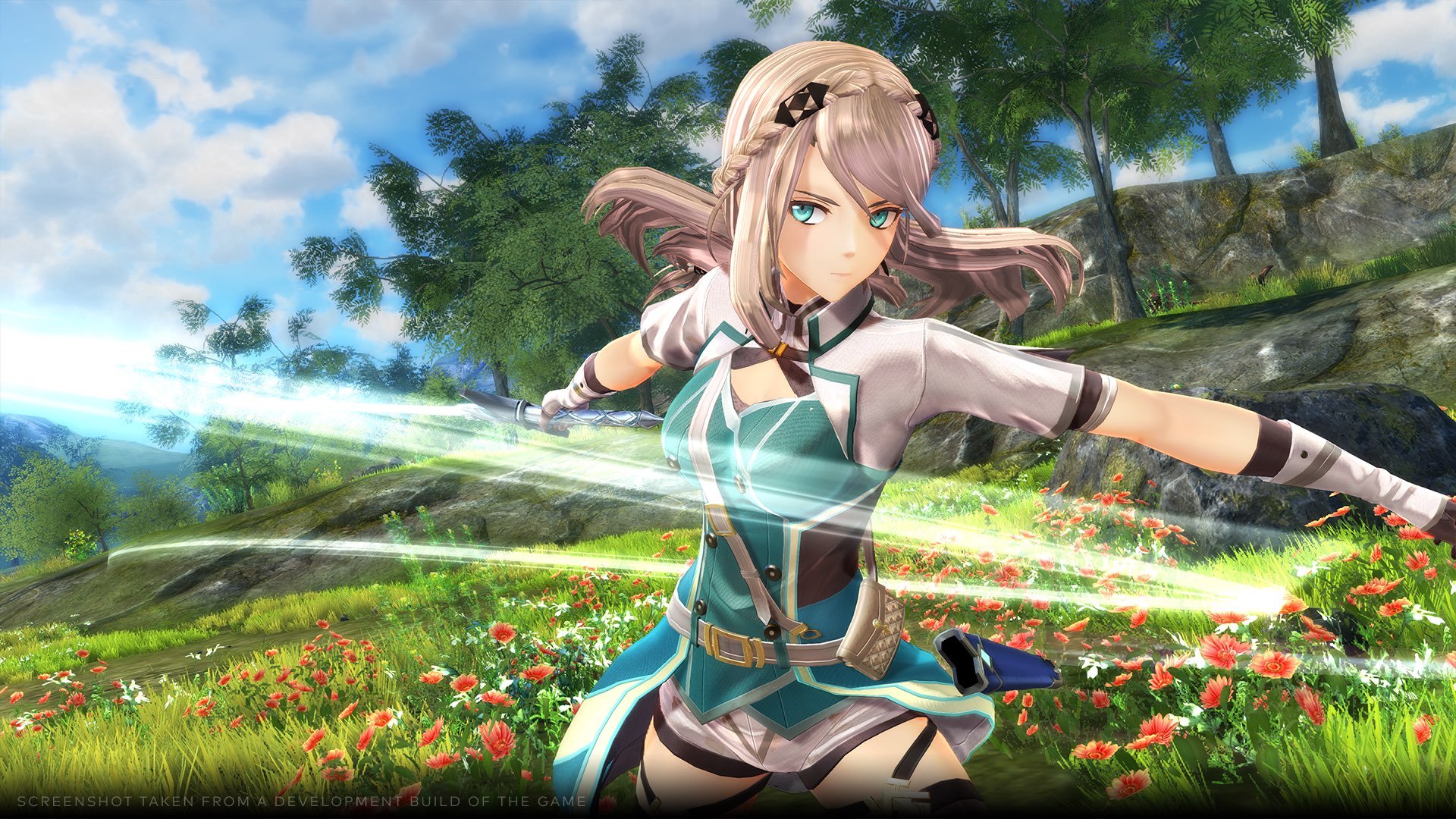
TA: Did you end up trying out Trails through Daybreak’s Switch or PS5 versions to see how Falcom handled those platforms compared to the launch PS4 release?
PT: We received the source code for these, but for our purposes on PC only the PS5 version was really relevant. From that, we got a few improved assets which we of course incorporated into our PC release.
TA: Last year was kind of a mess for many AAA PC ports. Did you end up trying any of the bad PC ports like Jedi Survivor, Wild Hearts, or The Last of Us Part 1?
PT: Regarding this issue, I’m in the lucky position that, despite playing a lot of games, I’m actually only very rarely interested in AAA releases. The one game I played last year which I think was somewhat lambasted for its technical quality was Lords of the Fallen, and I didn’t actually run into many issues with that. I assume that it also helps that I play high-end games on my development workstation, which is pretty fast.
TA: When I interviewed you before, we discussed the Elden Ring PC port. How did you find the PC port for Armored Core VI?
PT: I haven’t actually played that yet, but I am very happy to have read that at least they finally decided to support more than 60 FPS!

TA: What have you enjoyed this year when it comes to game releases?
PT: This is a difficult question for me if it refers to games that were actually released in 2024, since I rarely play games at release. Instead, I’ll hijack it to talk about games that were somewhat recently released and which I personally completed in 2024. One of my recent favorites was The Talos Principle 2. It was an almost perfect sequel to one of the best first person puzzle games ever, and the only thing I wish they had done is include VR support.
A less well-known game which I somewhat recently played on the Steam Deck is Afterimage. This is a really excellent and content-rich Metroidvania that deserves to be more widely recognized. Finally, I recently completed Citizen Sleeper, and that was a great combination of a visual novel style with a bit of resource and time management akin to the “raising sim” genre.
TA: While not a question, I would love to see your Crossbell releases come to PS5 natively as a double pack. I enjoyed playing them a ton on Steam Deck and Switch, but it would be amazing to replay them at 120hz on PS5.
PT: Well, we’d be happy to work on that! We actually have been working on PS5 for an unannounced porting project for a while now, so on a technical level we are completely ready for doing something like this. If you want to make it happen, then you need to convince the publisher that it’s worthwhile.
TA: Speaking of the Crossbell Switch releases you did, is there any game that isn’t on Switch that you’d love to work on for the platform?
PT: While I’m very happy with what we accomplished with the Crossbell Switch versions, and while we of course always seek to optimally use whatever target platform we are working with, I don’t really have a personal interest in porting things to console platforms.
That said, I’ve noticed many people saying that they would love to have the Trails in the Sky trilogy available on consoles and particularly Switch with the same level of quality of our Crossbell releases, and as a huge fan of that series I’d be more than happy to work on that.
TA: Have you considered adding 90fps presets for the PC games you’ve worked on for Steam Deck OLED or do you want to let players find the best set of options for their hardware? I remember the “portable” option you added in the first Trails of Cold Steel PC release for the GPD back in the day.
PT: We do have a portable preset in Daybreak, but for the Steam Deck it doesn’t really make much sense to use an in-game frame limiter for this use case. Instead you can use the Deck per-game system-level FPS limiter, which also sets the refresh rate accordingly. For Daybreak, I like to use 45 FPS / 90 Hz as a good tradeoff between energy efficiency and responsiveness/smoothness.

TA: What are your thoughts on the current state of PC gaming across handhelds and in general?
PT: I think that PC gaming is in a better place than ever before. Sure, you have some worrying tendencies in the AAA space, like chasing some genre trend years after it was relevant, trying to increase base prices to silly levels, or restricting releases to platforms no one wants to use. And at the same time hardware costs have gone up (and so have the costs of everything else really), particularly on the high end.
However, I don’t think any of that does much to fundamentally harm PC gaming, or at least the parts of it I care about most. The truth is that you can open up Steam right now and find a tremendous amount of excellent indie to AA-level games fitting almost any preferences of genres or settings that you could ever imagine. And those are generally sold at reasonable prices, and the vast majority of them can be played perfectly well with very affordable hardware such as the entry-level Steam Deck.
So, to me, PC gaming right now is all about offering options for everyone. From affordable handhelds to the most powerful gaming hardware around. And from hundreds of high-quality, innovative indie games being released every year to also including ports of lots of AAA games which would have been console exclusives without question a decade ago.
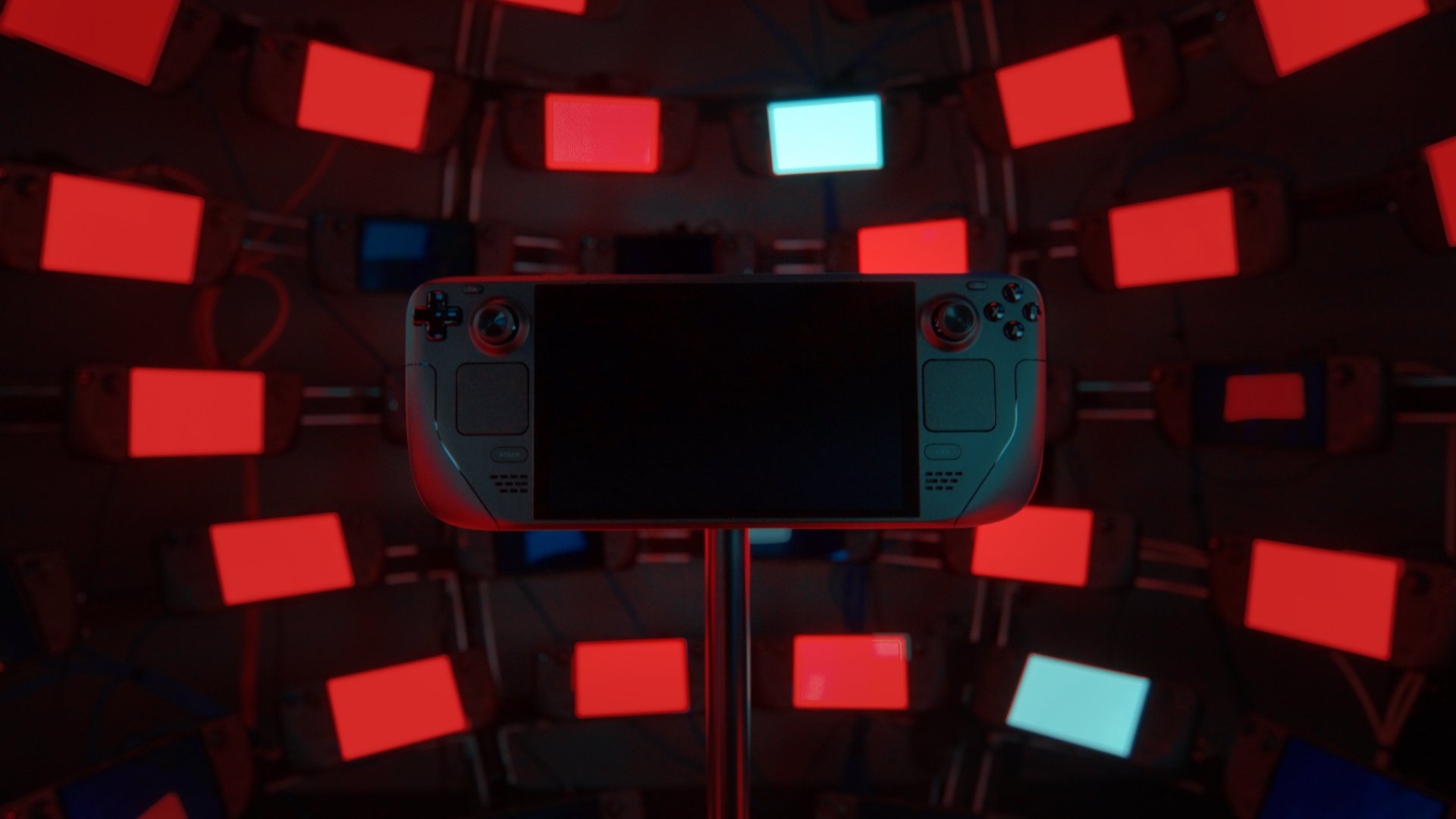
TA: How do you like your coffee? (feel free to get the others at PH3 to also respond here and go into as much detail as you can).
PT: Not only do I personally almost never drink coffee, the same is also true for everyone else in the PH3 games team! We actually only bought a coffee machine for the office very recently when someone new joined us, but they are not working in the games part of the company currently.
I do enjoy a good cup of tea, and we actually have a (gaming-ready?) RGB-illuminated electric kettle for that purpose.
I’d like to thank Peter Thoman for his time and help here.
You can keep up with all our interviews here including our recent ones with M2 discussing shmups and more here, Digital Extremes for Warframe mobile, Team NINJA, Sonic Dream Team, Hi-Fi Rush, Pentiment, and more. As usual, thanks for reading.







:max_bytes(150000):strip_icc()/roundup-writereditor-loved-deals-tout-f5de51f85de145b2b1eb99cdb7b6cb84.jpg)


